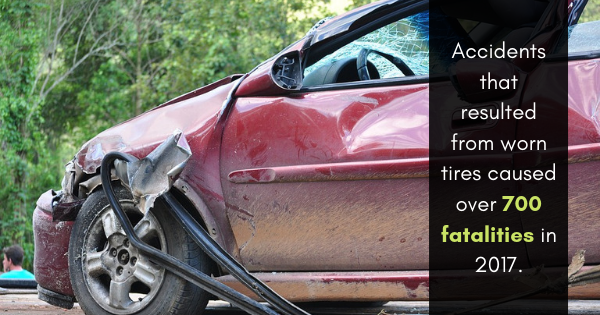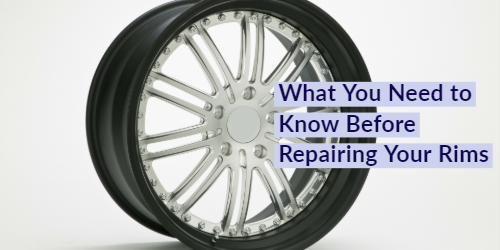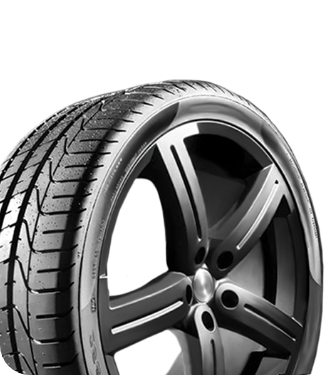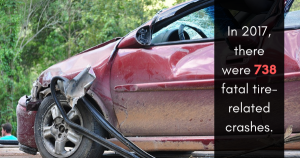
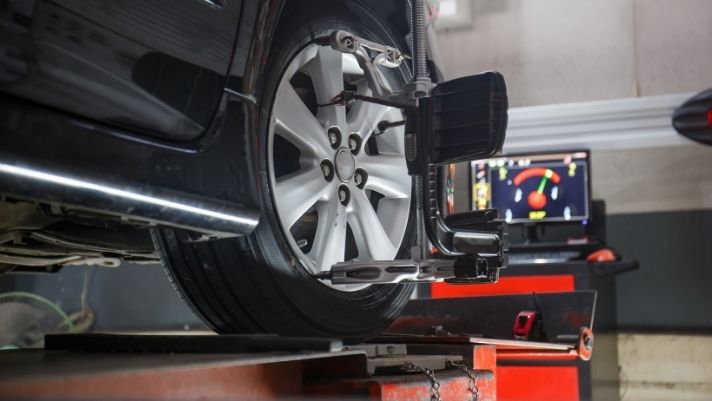
A Guide on Wheel Alignment Terminology
Wheels |Wheel alignment is a vital part of maintaining your car’s stability and control while driving. This element is the measurement of how the wheels fall into line with one another and rotate in unison. However, even the most durable of cars can have their axis knocked out of balance—affecting maneuverability as a whole. As such, it’s no secret that a vehicle owner must occasionally get their wheels realigned in order to keep them performing properly. In this guide on wheel alignment terminology, we’ll cover the basics of alignment and what mechanics look for throughout the process.
Vehicle Suspension
First and foremost, all wheel alignment jobs begin with the vehicle suspension. This system is what connects the wheels to the rest of the car and what ultimately needs to be adjusted in order to bring them back into the correct position. By moving the wheel axes attached to the suspension, mechanics can change how the tires rest against the road and, therefore, how they maneuver.
Camber
While adjusting the suspension system, mechanics often keep a few different elements in mind. One of them is what’s known as the camber. Camber refers to the amount of tilt a wheel has away from its vertical position. Positive camber means that the tire is tilted inward at the bottom, while negative camber means the tire is tilted inward at the top. This affects overall stability and how much wear the tires will receive when driving.
Toe
A wheel’s toe is also an important consideration because it defines exactly how much a tire is tilted when viewed from above. So, camber deals with the top to bottom tilt of a wheel, and toe refers to its tilt from forward to back. When the front of the tires tilt inward, it means they have what’s known as toe-in alignment. Should the front tilt outward instead, the wheels will have toe-out alignment. Both often need adjusting to ensure a straighter drive.
Caster
Lastly, the caster is the steering angle of a wheel as viewed from the side of the car. Wheels with a positive caster will have a steering axis that tilts toward the driver, and a negative caster will tilt toward the front of the vehicle. Off-center caster can affect how a car turns, increasing the chances of slippage and, unfortunately, an accident. If you want to learn more about this process than what we covered in this guide on wheel alignment terminology, reach out to RNR Tire Express. Our experienced staff members know all the ins and outs of how to properly align wheels and are more than willing to share this information with you. We also sell high-quality replacement wheels and tires in Greensboro, NC, to ensure you always leave our shop with a properly running vehicle.
